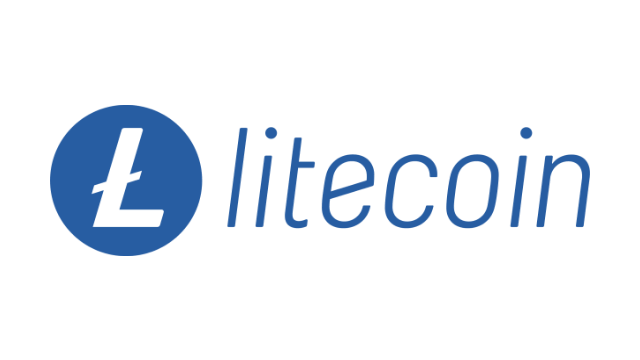Incognito Dispute Resolution
In an increasingly interconnected world, privacy concerns often extend to conflict resolution. Incognito dispute resolution offers a secure method for addressing disagreements without compromising confidentiality. This approach prioritises discretion, allowing parties to address their differences without public scrutiny.
The growing demand for private conflict resolution stems from a need to safeguard sensitive information. With technological advancements, innovative methods have emerged to resolve disputes effectively while maintaining anonymity. These techniques are designed to cater to a range of scenarios, from business conflicts to personal disagreements.
Understanding the Concept of Incognito Dispute Resolution
At its core, incognito dispute resolution involves managing disagreements in a manner that preserves the anonymity of the parties involved. This method relies on secure communication channels, impartial mediators, and a focus on mutual agreement rather than public adjudication.
Unlike traditional conflict resolution methods, this approach eliminates the risk of reputational damage. Businesses, individuals, and organisations often turn to these techniques to maintain their public image while resolving internal issues privately and effectively.
- Utilises encrypted communication platforms to protect discussions.
- Engages neutral third-party mediators for fair assessments.
- Minimises the risk of information leaks during the resolution process.
- Ensures that both parties have equal opportunities to present their perspectives.
- Focuses on mutually agreeable solutions to avoid further disputes.
Many sectors have embraced these strategies, particularly those handling sensitive client information. They offer a modern alternative to public litigation, which often involves prolonged proceedings and significant financial costs.
Benefits of Incognito Dispute Resolution
The advantages of incognito dispute resolution extend beyond mere privacy. This method not only protects sensitive data but also fosters a constructive atmosphere for negotiation. Participants can communicate openly without fear of judgment or exposure.
Implementing these methods can help reduce the emotional toll that often accompanies conflicts. By focusing on solutions rather than fault, parties are more likely to achieve amicable outcomes. Here are key benefits outlined in detail:
| Benefit | Description |
|---|---|
| Enhanced Privacy | Ensures that all proceedings remain confidential and secure. |
| Cost Efficiency | Reduces expenses compared to court-based conflict resolution. |
| Time-Saving | Speeds up the resolution process, avoiding prolonged legal battles. |
| Flexibility | Adapts to the specific needs of both parties for tailored solutions. |
| Reduced Stress | Creates a less adversarial environment for resolving differences. |
Organisations and individuals are increasingly relying on this approach to streamline their conflict management processes. It represents a practical solution for addressing disputes in a secure and efficient manner.






